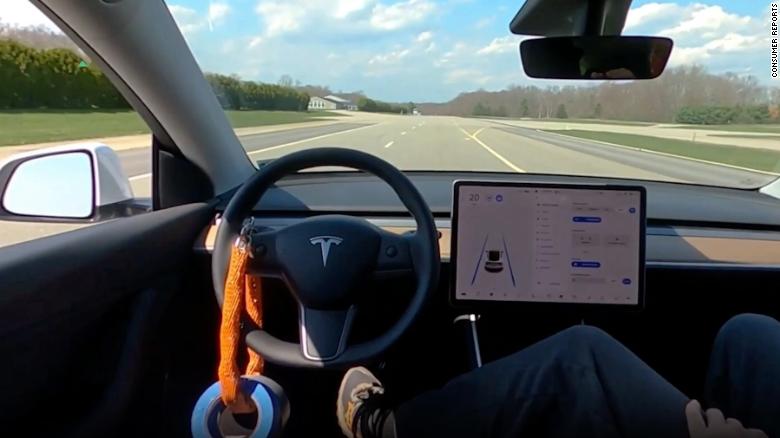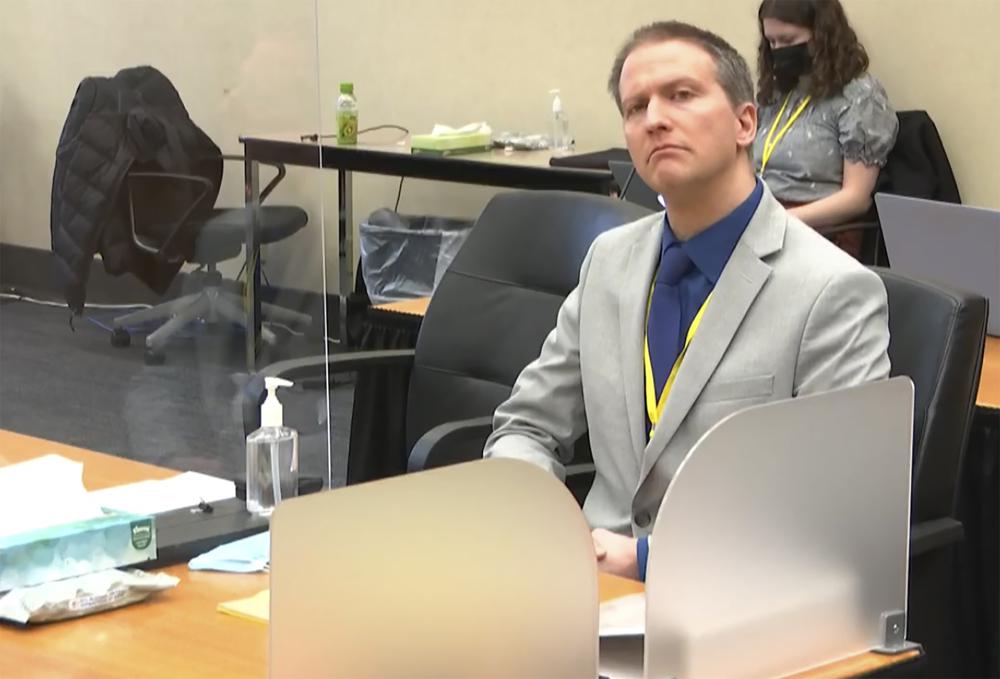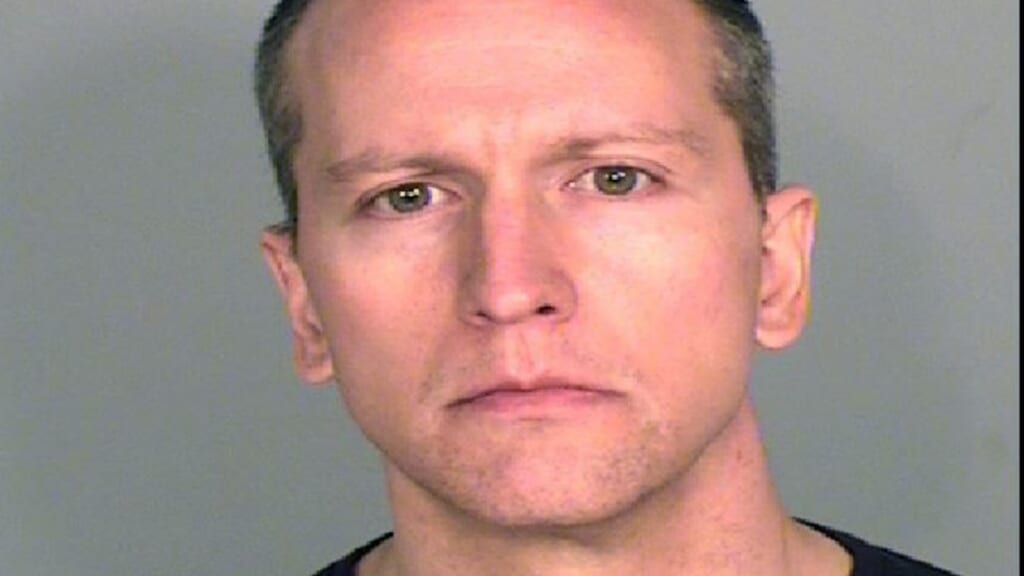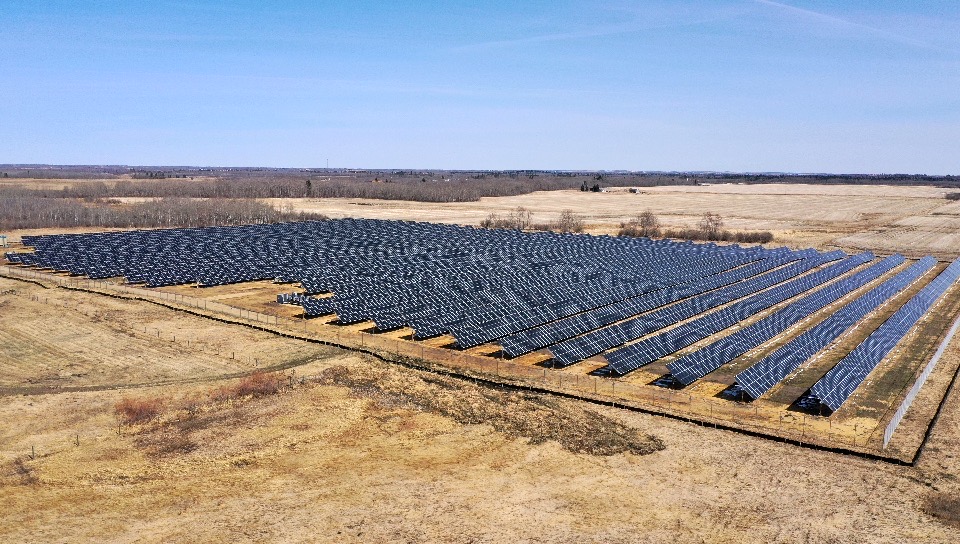posted by Charlie Hart
in Risk, Supply chain
21 April 2021

JDE has had to temporarily suspend Rainforest Alliance certification
The Suez Canal crisis has hit coffee supply chains with a major manufacturer no longer able to claim products are Rainforest Alliance certified.
Jacobs Douwe Egberts (JDE), which owns brands including Carte Noire, Kenco and L’Or, said certified coffee from Asia and Africa had been caught up in delays caused by the blocked canal.
It said: “Due to the unexpected incident on the Suez Canal that resulted in supply chain blockages, we are currently unable to source enough certified coffee from key coffee origins in Asia and Africa for some of our brands with the Rainforest Alliance and UTZ labels.
“This means that from March 2021 to May 2021, some of our brands may not contain 100% coffee from Rainforest Alliance certified farms. We expect this to be resolved by the end of May 2021 though and our products will go back to 100% certified.”
JDE said it would “purchase a volume of certified coffee equivalent to compensate what we would have used during this period” to support its suppliers.
Meanwhile, Aldi posted a statement on its website blaming “current disruptions to global shipping” for delays to a number of its ‘SpecialBuy’ items, including travel cots, bicycle equipment and stationery.
It is estimated up to 400 container ships were queued to pass through the Suez Canal after the 400m Ever Given container ship became stranded in March.
Some vessels were diverted to the route around South Africa, adding up to two weeks to their voyages.
Earlier this month, research revealed that food establishments and retailers were among those industries most likely to feel the impact of the delays.
Container line A.P. Møller-Maersk has estimated the Suez blockage could cause bottlenecks throughout the container industry and supply chains into the third quarter.
NOW READ
New coffee species 'offers opportunity' for Sierra Leone farmers





 Defense attorney Eric Nelson, left, and former Minneapolis police officer Derek Chauvin listen as Hennepin County Judge Peter Cahill presides over pre-trial motions prior to opening statements, Monday March 29, 2021, in the trial of Chauvin, in the May 25, 2020, death of George Floyd at the Hennepin County Courthouse in Minneapolis, Minn. (Court TV via AP, Pool)
Defense attorney Eric Nelson, left, and former Minneapolis police officer Derek Chauvin listen as Hennepin County Judge Peter Cahill presides over pre-trial motions prior to opening statements, Monday March 29, 2021, in the trial of Chauvin, in the May 25, 2020, death of George Floyd at the Hennepin County Courthouse in Minneapolis, Minn. (Court TV via AP, Pool)











